1. California – The Black Bear Boom
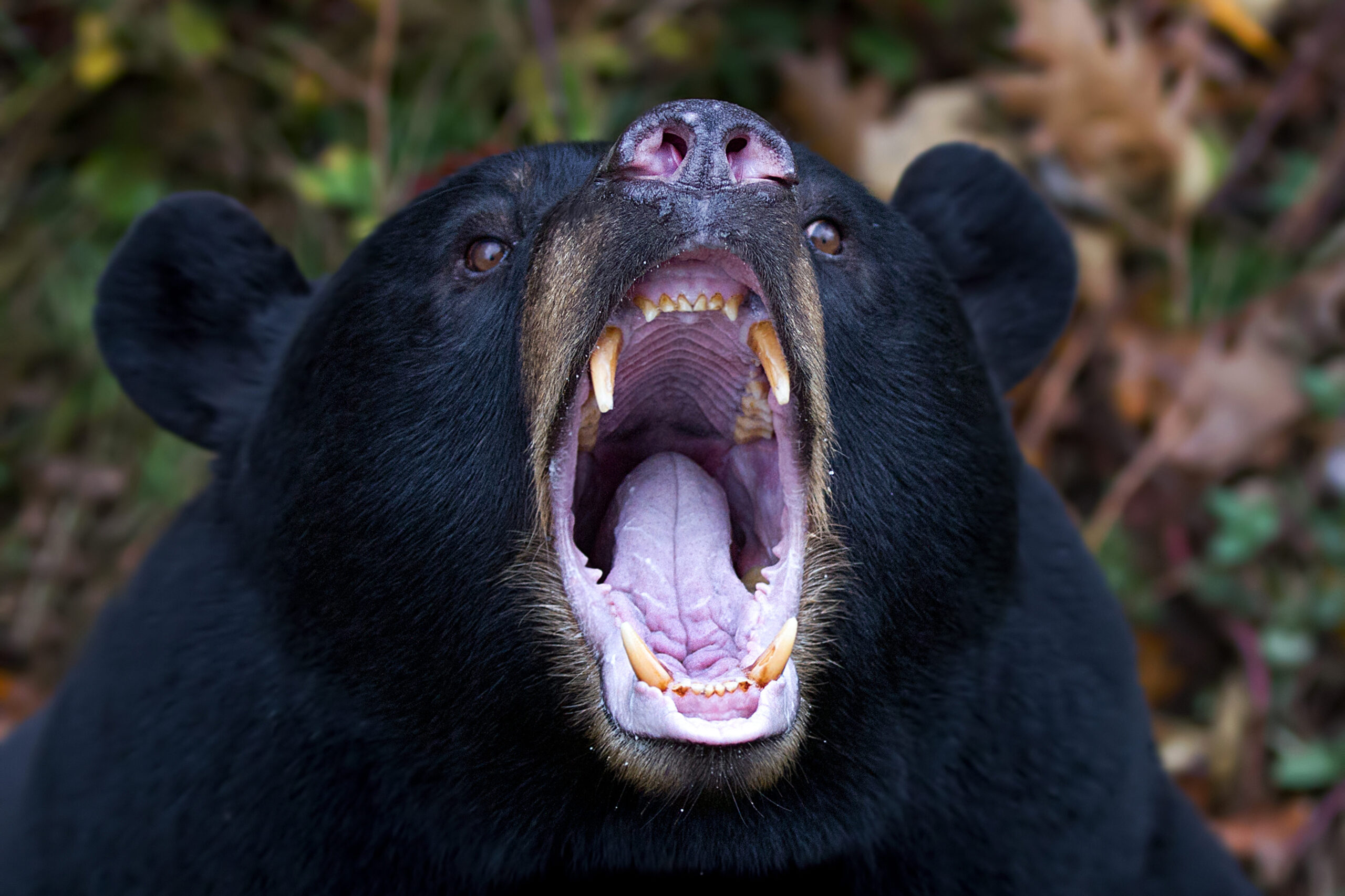
If you think California is all about palm trees and beaches, think again. According to CBS News, the state has seen a massive increase in its black bear population, particularly in the Sierra Nevada and along the coast. Decades of conservation efforts and hunting restrictions have helped black bears thrive, and now, they’re popping up in suburban neighborhoods more than ever. Sightings in places like Lake Tahoe, Big Bear, and even the outskirts of Los Angeles have become so common that residents have had to bear-proof their trash cans and reinforce their homes.
The growing bear population is a mixed bag—on one hand, it’s a sign that conservation is working, but on the other, it means more human-bear encounters. Some bears have gotten bold enough to stroll through backyards, wander into stores, or even break into homes in search of food. Wildlife officials are working hard to manage the increasing bear activity, reminding people to secure their food sources. If you’re hiking in California, bear spray and proper food storage are a must. The state’s black bears are thriving, and they’re not afraid to show up where you least expect them.
2. Montana – A Grizzly Comeback
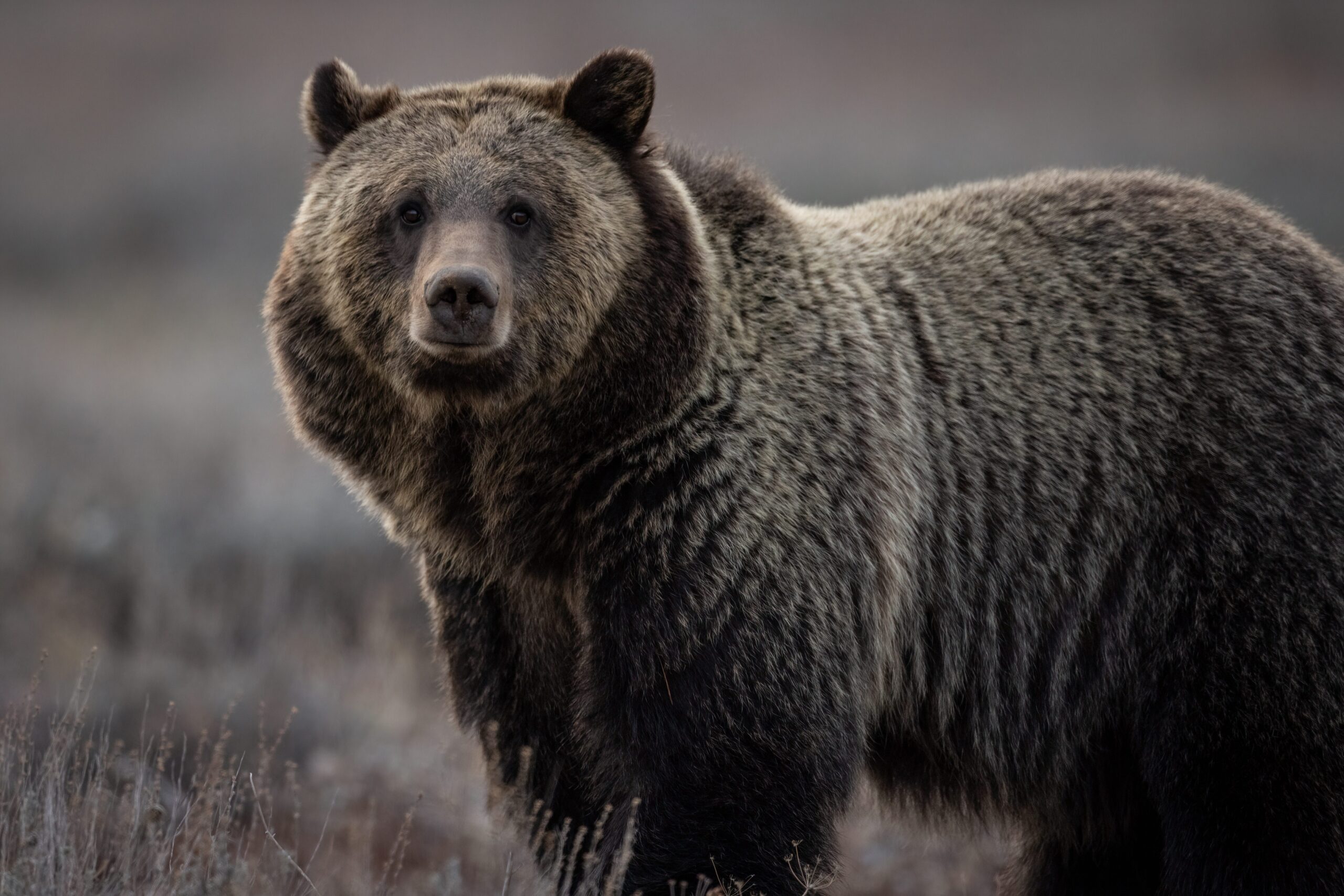
Montana has long been known as bear country, but recent years have seen a remarkable resurgence of grizzlies. Thanks to conservation efforts and protected lands like Yellowstone and Glacier National Park, grizzly numbers are steadily rising. These powerful predators, once on the brink of disappearing from the lower 48 states, are making a bold return. They’re expanding beyond the national parks and into areas where people haven’t seen grizzlies in generations.
While many Montanans celebrate this comeback, it also raises concerns. More grizzlies mean more encounters, and with their unpredictable nature, interactions can turn dangerous fast. Hikers, campers, and ranchers have had to adapt by carrying bear spray, using electric fencing, and keeping a close eye on their surroundings. The state is at a crossroads—finding the balance between letting grizzlies flourish and keeping people safe is a challenge. But one thing is clear: Montana’s wilderness is wilder than ever.
3. Colorado – Bears on the Move
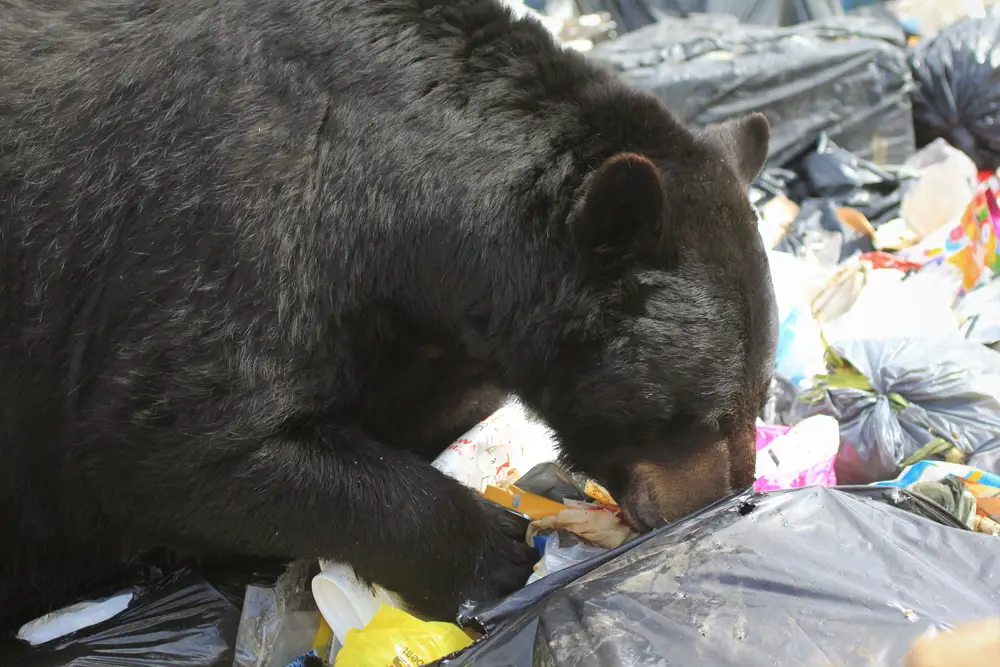
Colorado’s bear population has been steadily increasing, and they’re becoming more active in urban areas. Black bears, the state’s only bear species, are showing up in towns like Boulder, Aspen, and Colorado Springs, rummaging through trash and even entering homes. As natural food sources fluctuate due to climate change, bears are getting creative—and bolder—about finding their next meal.
The problem has gotten so serious that wildlife officials have had to relocate or euthanize problem bears at an increasing rate. Many residents are calling for stricter policies on trash management and bear-proofing homes. On the flip side, bear advocates argue that humans are encroaching on bear territory, and the animals are just trying to survive. The debate continues, but one thing’s for sure: if you live in Colorado, you’d better keep your garbage locked up tight.
4. Alaska – Still the King of Bears
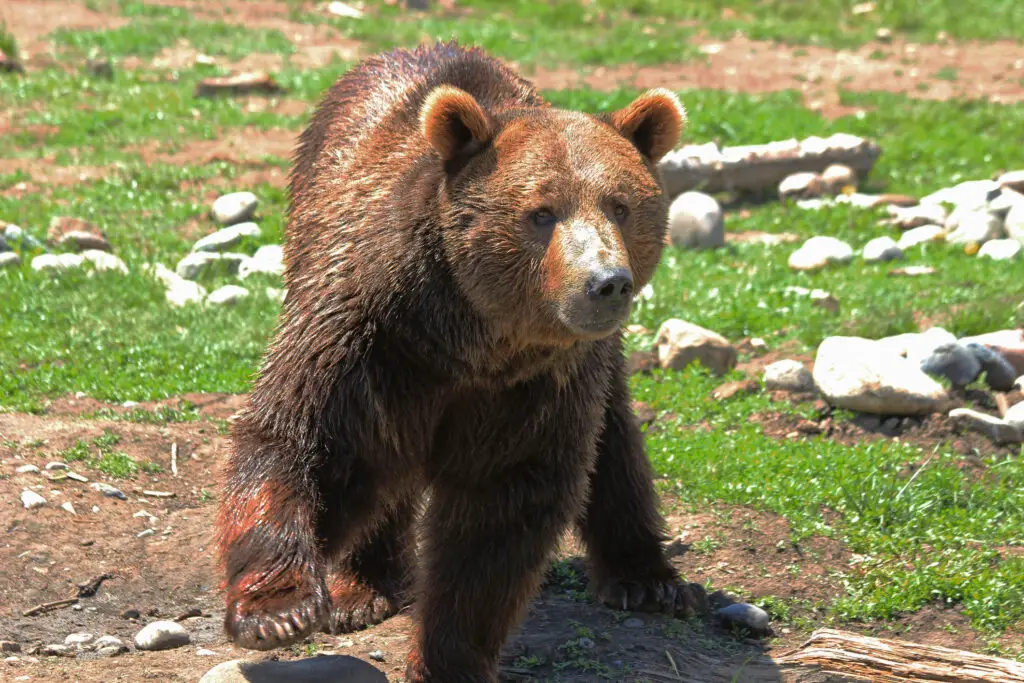
If there’s one state where bears will always rule, it’s Alaska. Home to the largest population of grizzlies, black bears, and even the rare coastal brown bears, Alaska is a bear lover’s dream—and sometimes, a hiker’s nightmare. Unlike in the lower 48, bears here don’t just wander into small towns; they practically own the wilderness.
Despite their strong presence, even Alaska is seeing some changes. Climate shifts are affecting salmon populations, a critical food source for many bears. This has forced some bears to travel farther for food, leading to unexpected encounters with humans. While Alaska remains the ultimate bear stronghold, conservationists are keeping a close eye on how environmental changes might impact bear behavior in the coming years. The state may have plenty of bears, but even here, nature is shifting in unpredictable ways.
5. Florida – The Surprising Bear Boom

Most people don’t associate Florida with bears, but the Sunshine State has seen a surprising rise in black bear activity. Florida’s bear population, once dwindling, has made an incredible comeback in places like Ocala National Forest and the Everglades. These bears are highly adaptable and have even been spotted wandering into suburban neighborhoods near Orlando and Tampa.
The increase in bear encounters has led to heated debates about hunting and population control. Some residents see them as a nuisance, while others celebrate their return as a conservation success. With more bears appearing in backyards and along highways, Florida wildlife officials are struggling to balance bear protection with public safety. The state may be famous for alligators, but bears are quickly making their mark—and they’re not going anywhere anytime soon.
6. Washington – Bears in the Backyard
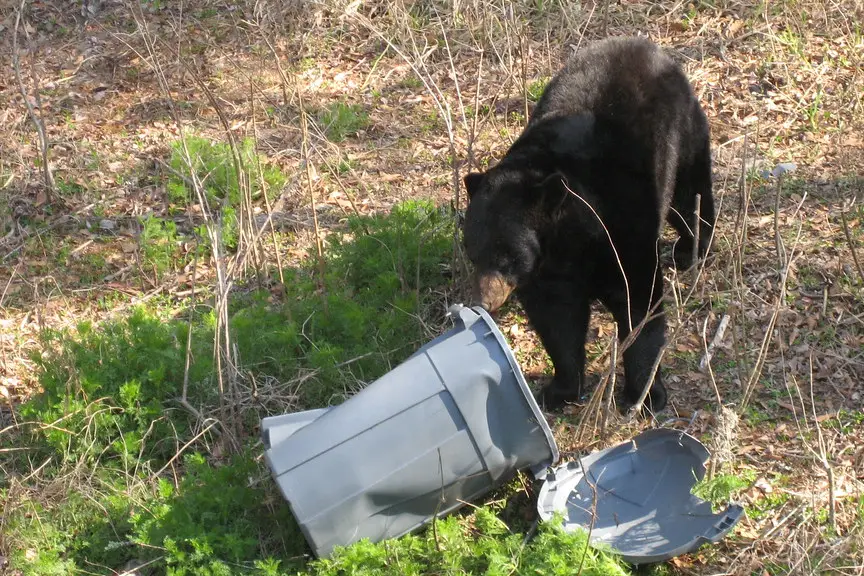
Washington state is no stranger to black bears, but sightings are becoming more frequent in unexpected places. From the Cascade Mountains to the suburbs of Seattle, bears are venturing closer to human-populated areas. With their habitat shrinking and natural food sources shifting, some bears are scavenging through trash, breaking into garages, and even raiding chicken coops.
This rise in urban bear activity has led to growing concerns among residents. Wildlife officials are working to educate people on bear-proofing their homes, but not everyone is on board with stricter regulations. Some locals are excited to see more wildlife, while others worry about safety, especially for pets and small children. As bear numbers continue to climb, Washington is facing a new reality—coexisting with these massive mammals is becoming the norm.
Click here for more stories like this
7. Wyoming – The Wild West of Grizzlies
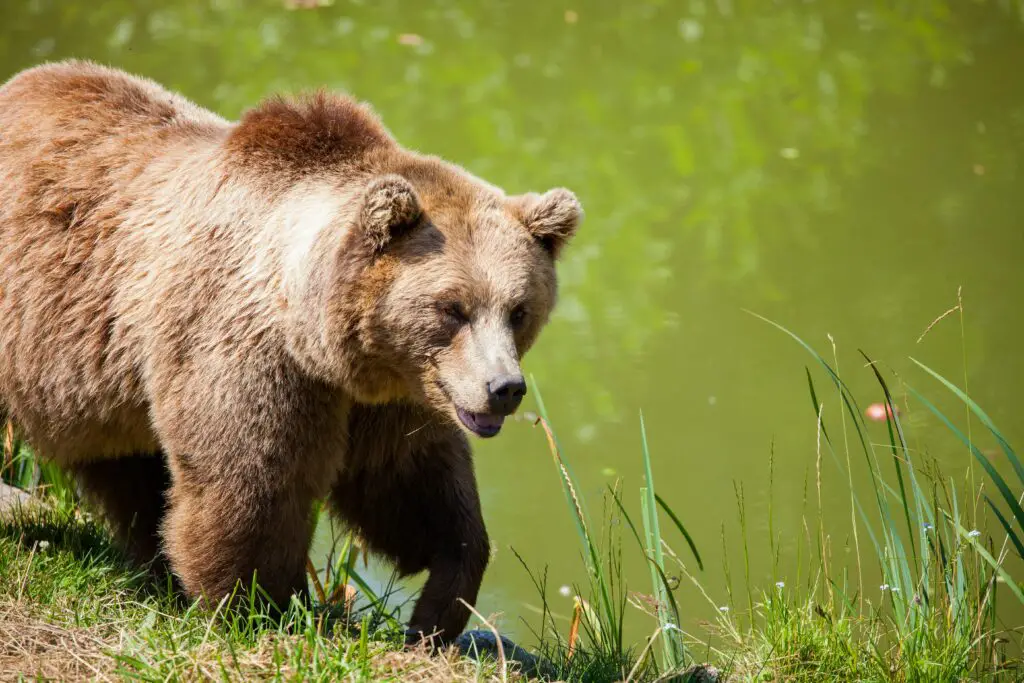
Wyoming is home to some of the last strongholds of grizzly bears in the lower 48 states, with much of the population concentrated in and around Yellowstone and Grand Teton National Parks. For years, these bears have been carefully monitored and protected, leading to a steady increase in their numbers. But as grizzlies expand their range, they’re coming into more frequent contact with ranchers, hunters, and outdoor enthusiasts. Some have been spotted as far south as the Wind River Range, places where they haven’t roamed for over a century.
This expansion has sparked fierce debates. Ranchers worry about livestock losses, while conservationists celebrate the success of reintroducing grizzlies to their native lands. Wyoming has even considered reinstating a controversial hunting season to control the population, but legal battles keep delaying it. One thing is certain—Wyoming’s grizzlies are thriving, and their growing presence is reshaping the way people interact with the wild. Whether you see them as a success story or a looming threat depends on where you stand.
8. North Carolina – Black Bears on the Rise
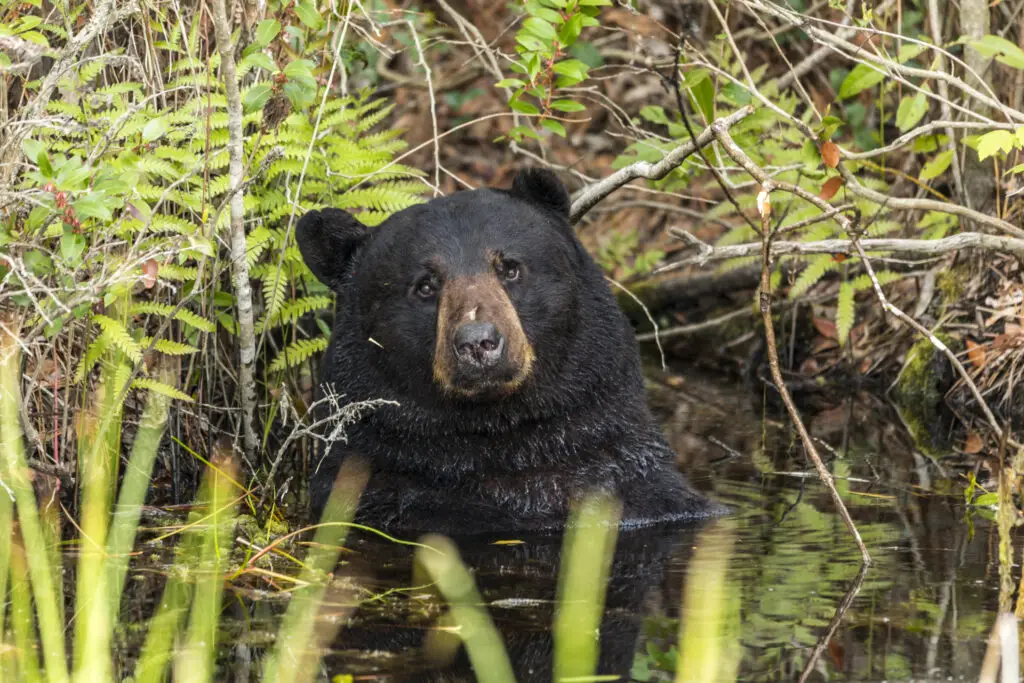
You might not think of North Carolina as bear country, but black bears have been making a dramatic comeback here. The coastal region, particularly around the Great Dismal Swamp and the Outer Banks, has seen a booming bear population. These aren’t just any black bears—they’re some of the largest in the country, thanks to abundant food sources and mild winters. Some have been spotted weighing over 600 pounds, a size more typical of grizzlies than black bears.
As their numbers grow, bears are starting to move inland, showing up in places like Raleigh and Charlotte. While sightings were once rare, it’s becoming increasingly common to see a bear wandering through a backyard or crossing a highway. This has led to concerns about traffic accidents and human-bear conflicts. North Carolina wildlife officials are emphasizing education and prevention, encouraging residents to secure their garbage and avoid feeding bears. Whether you’re in the mountains or near the coast, chances are you’re closer to a black bear than you think.
9. Minnesota – The Disappearing Northwoods Bears
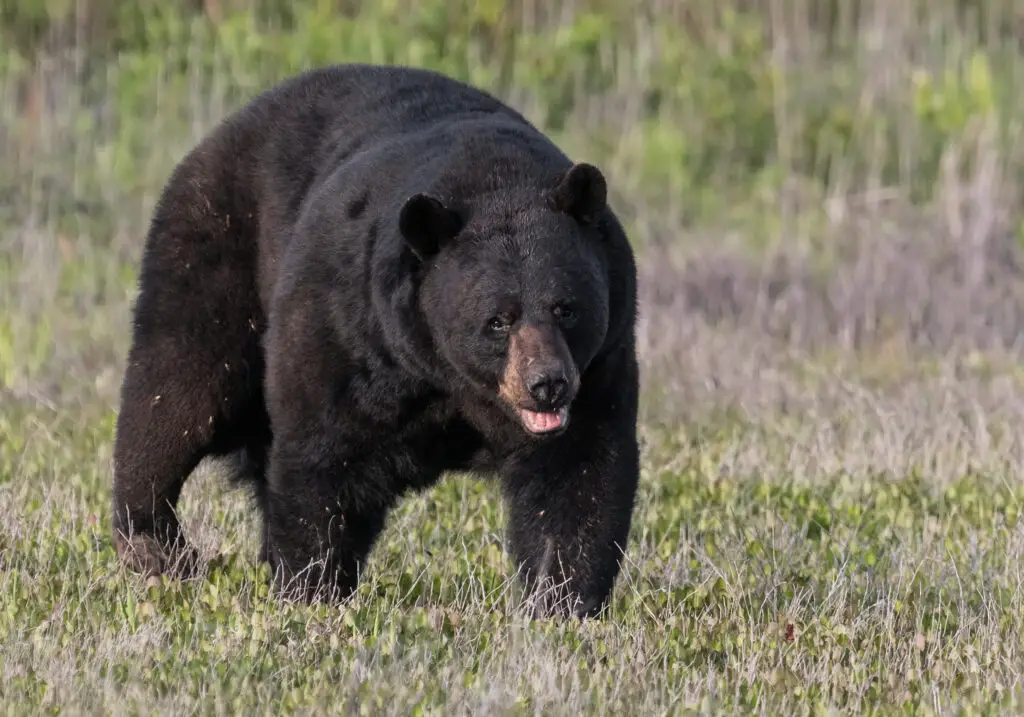
Minnesota has long been home to a healthy black bear population, particularly in the northern forests near the Boundary Waters. But in recent years, researchers have noticed a troubling trend—bear numbers are slowly declining. Harsh winters, changing food availability, and habitat loss are taking a toll on the state’s bears. Some experts believe climate change is playing a role, disrupting the natural cycles that bears rely on for survival.
This decline is worrying conservationists, as Minnesota was once considered prime bear country. Fewer bears mean fewer sightings, and longtime residents have started to notice their absence. Hunting regulations have been adjusted to help stabilize the population, but it’s unclear if that will be enough. If trends continue, Minnesota could become one of the first states to see its bear numbers significantly dwindle. The state’s deep forests may still feel wild, but their most famous inhabitants are becoming harder to find.
10. Tennessee – The Smoky Mountain Bears Are Thriving
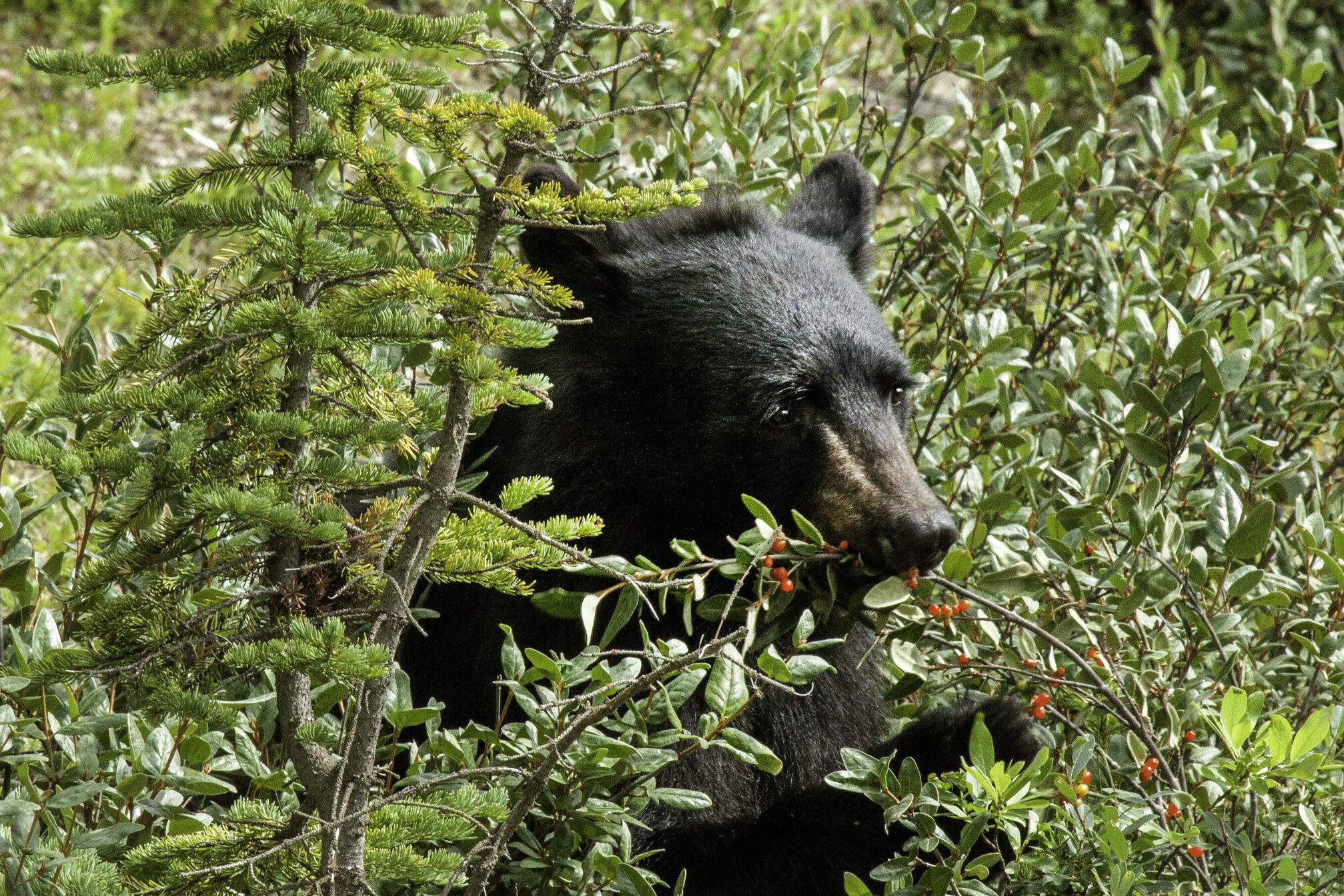
Tennessee’s Great Smoky Mountains are home to one of the densest black bear populations in the eastern United States. These bears have been thriving thanks to conservation efforts, and their numbers are higher than they’ve been in decades. Visitors to the national park often get to witness bears up close—sometimes a little too close, as bears have learned to associate people with food. This has led to increased incidents of bears raiding campsites, breaking into cars, and even strolling down park roads in broad daylight.
Park rangers have their hands full trying to keep both bears and tourists safe. Bear-proof food storage is mandatory for campers, and fines are issued to those who intentionally feed wildlife. Still, bears are smart, and once they get a taste for human food, they rarely forget. The state is working to balance the booming bear population with public safety, but one thing is for sure—if you visit the Smokies, you’re almost guaranteed a bear sighting. Just make sure it’s from a safe distance.
11. Maine – A Quiet Bear Haven
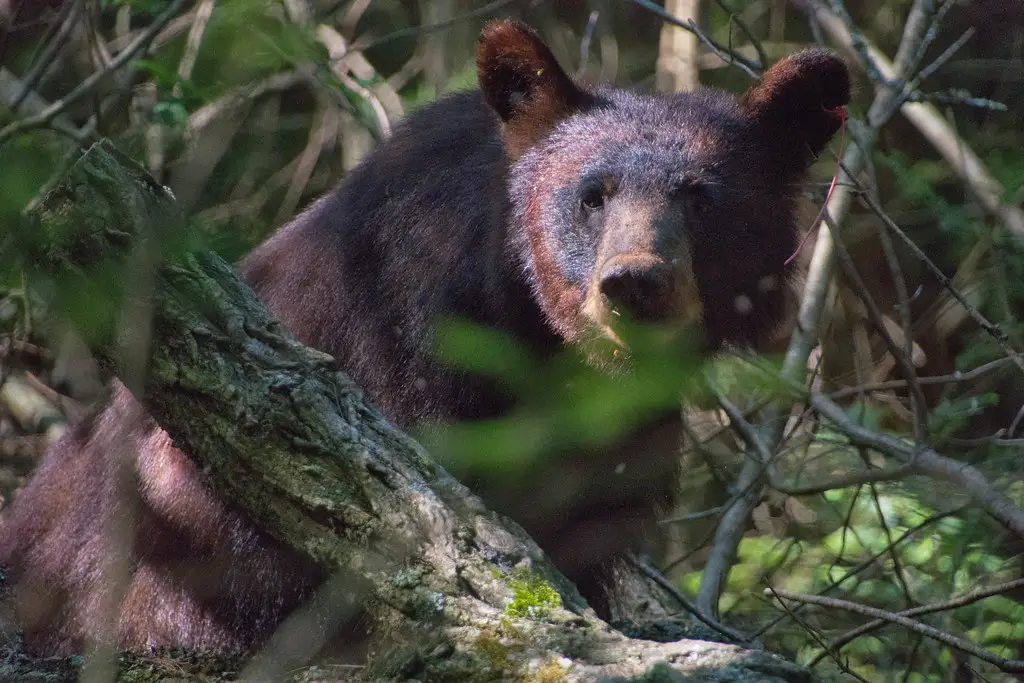
Maine has one of the largest black bear populations in the eastern United States, yet they remain surprisingly elusive. Unlike other states where bears venture into urban areas, Maine’s bears mostly stick to the deep woods. The vast, remote forests of northern Maine provide the perfect habitat, and with plenty of food available, these bears are thriving.
Despite their healthy numbers, you don’t hear about many bear encounters in Maine. They’re naturally wary of humans and tend to avoid populated areas. Even during hunting season, when thousands of permits are issued, bears manage to stay out of sight. Maine’s bear population is a reminder that in some places, wild animals still have plenty of space to roam. While other states struggle to balance bear conservation with human expansion, Maine remains a rare place where bears can truly live undisturbed.
12. New Jersey – The Unexpected Bear Capital
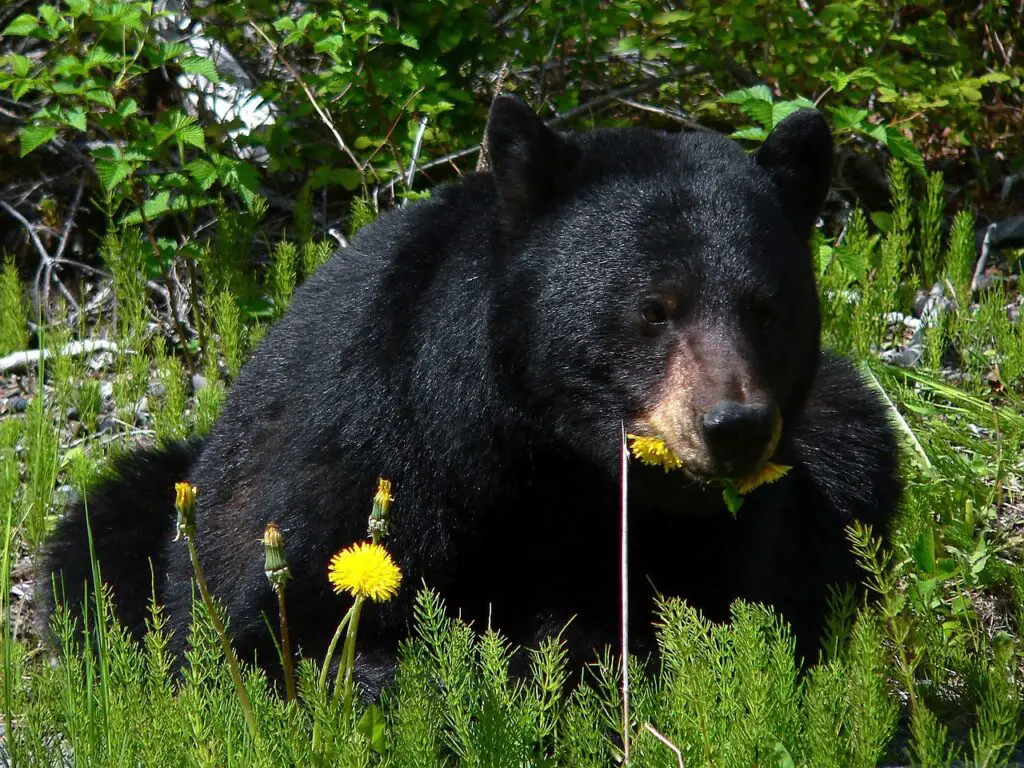
When you think of New Jersey, you probably don’t picture bears—but the state has one of the densest black bear populations in the country. The northwestern part of the state, particularly in Sussex and Morris counties, is teeming with them. In fact, New Jersey’s bears have become so numerous that they’re now a hot topic in state politics. Some residents want stricter hunting regulations to protect them, while others are calling for more aggressive population control.
Encounters between humans and bears have skyrocketed in recent years. Bears have been caught wandering through suburban neighborhoods, climbing fences, and even breaking into homes. While many residents love the idea of having wildlife nearby, others see it as a growing problem. The debate over how to handle New Jersey’s bears isn’t going away anytime soon. Whether you see them as a nuisance or a natural wonder, one thing is clear—bears are a permanent part of the Garden State.
13. Idaho – A Bear Battleground
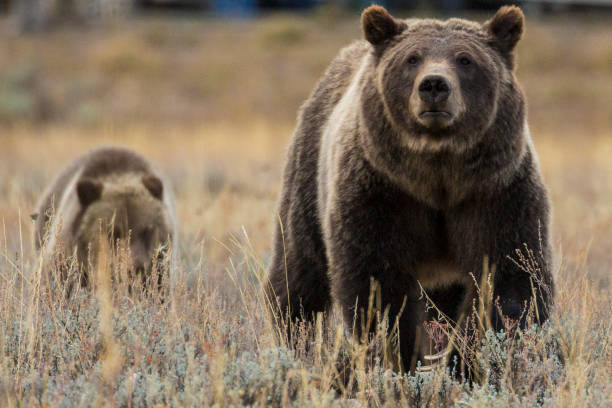
Idaho is another state where both black bears and grizzlies call home, but their presence is becoming more complicated. While black bears are common throughout the state, grizzlies are slowly expanding beyond their usual range. Some have been spotted far from their traditional strongholds in Yellowstone and the Bitterroot Mountains. This has raised concerns among hunters and ranchers, who aren’t used to seeing grizzlies in areas where they were once rare.
The state is currently debating how to handle this growing grizzly presence. Conservationists want to see protections remain in place, while some lawmakers are pushing for more lenient hunting laws. For now, grizzlies are federally protected, but that could change in the coming years. Idaho’s rugged wilderness has always been a place for bears, but the question now is whether humans and these apex predators can continue to coexist.
14. Oregon – A Tale of Two Bears
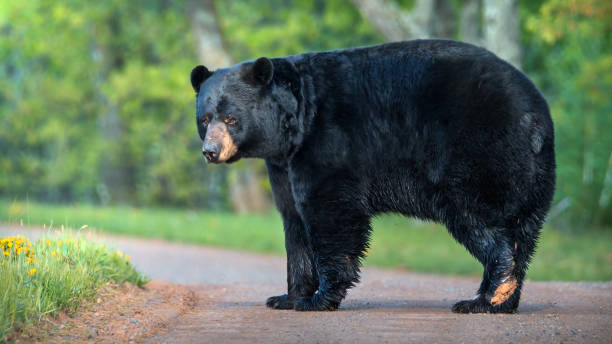
Oregon is home to a stable black bear population, but sightings are on the rise, particularly in the western part of the state. Unlike some other states, Oregon doesn’t have grizzlies—the last one was killed over 80 years ago. However, some experts believe grizzlies could one day return to the region, especially if conservation efforts in neighboring states succeed.
For now, Oregon’s black bears are making themselves at home in places they didn’t frequent before. Some have been seen closer to Portland and the Willamette Valley, areas where bear encounters used to be rare. This shift is likely due to changing food availability and habitat pressures. The state is closely monitoring bear movements, but for now, Oregon remains a black bear stronghold. Whether grizzlies will ever return is a question that remains unanswered.


